Research and Preservation
Deutsche Werkstätten is a company with a remarkable history; a history that requires both investigation and preservation. Anette Hellmuth, resident Historian has a good overview of the company’s extensive portfolio. In 1999, the company handed over its historical archives to the State of Saxony. This impressive collection which amounted to some 130 metres of documents and 13,500 photographs has since been consulted on countless occasions, and now constitutes an invaluable resource for any researcher studying the history of design, industrial design and the life reform movement as a whole. Recent historical research has even brought findings to light that surprised the company itself!
In 2016, the Victoria & Albert Museum in London came across Deutsche Werkstätten when preparing for the exhibition “Ocean Liners: Speed and Style”. A formal contact was made with Dresden requesting further information.
In the investigative research that followed, it became clear that Deutsche Werkstätten was far more involved in the furnishing and outfitting of luxury liners than previously known.
Further examples include Deutsche Werktätten contributions to two exhibitions organised by the Dresden Museum of Decorative Arts (part of the State Art Collection - Staatliche Kunstsammlungen Dresden ): “Against Invisibility” an exhibition commissioned in the context of the Bauhaus anniversary year 2019 – bringing to light the work of female designers at Deutsche Werkstätten between 1898 and 1938 and “Rudolf Horn – Living as an open system” a presentation to celebrate the 90th birthday of the father of the MDW (Montagemöbel Deutsche Werkstätten) modular furniture series.
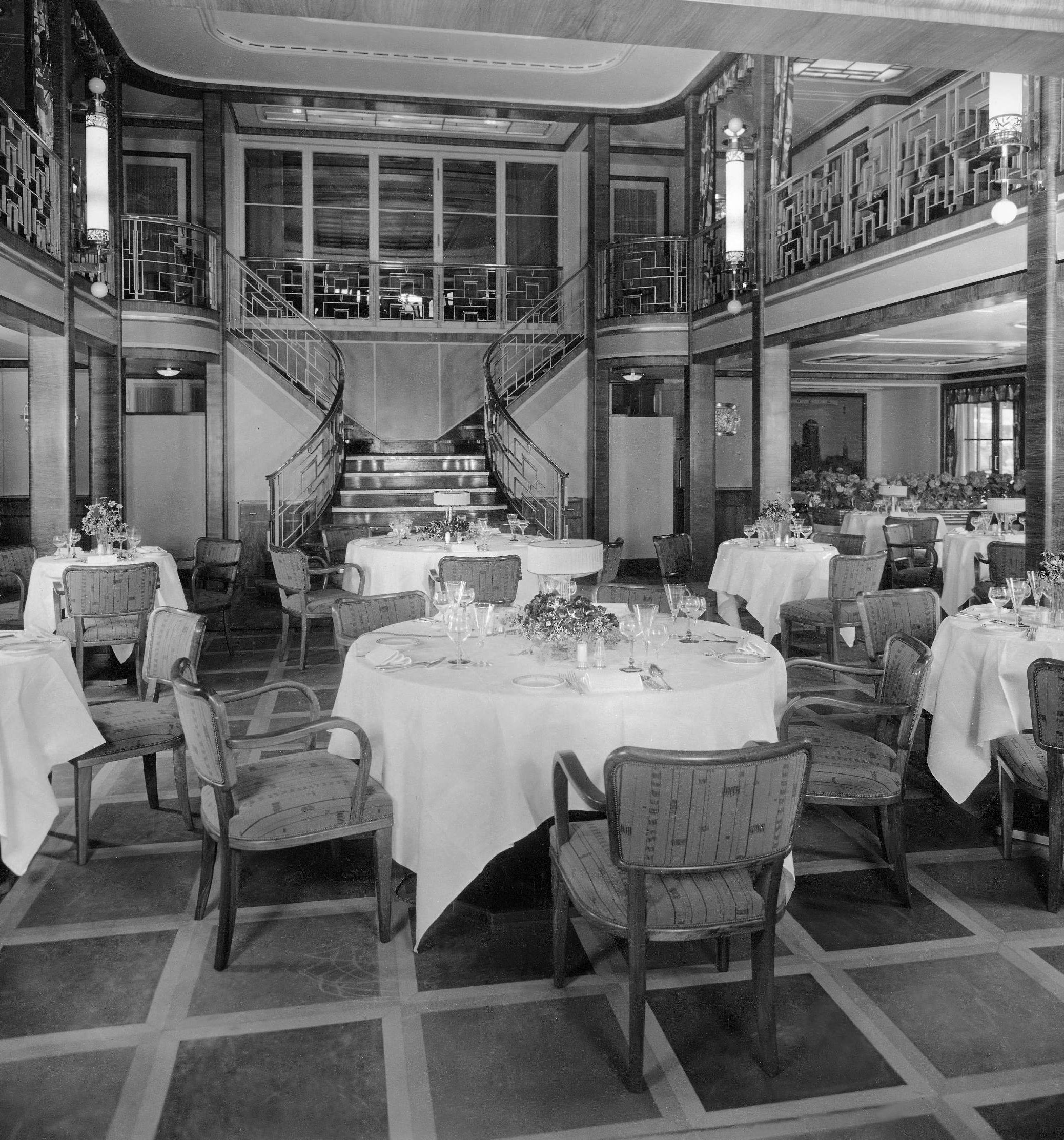
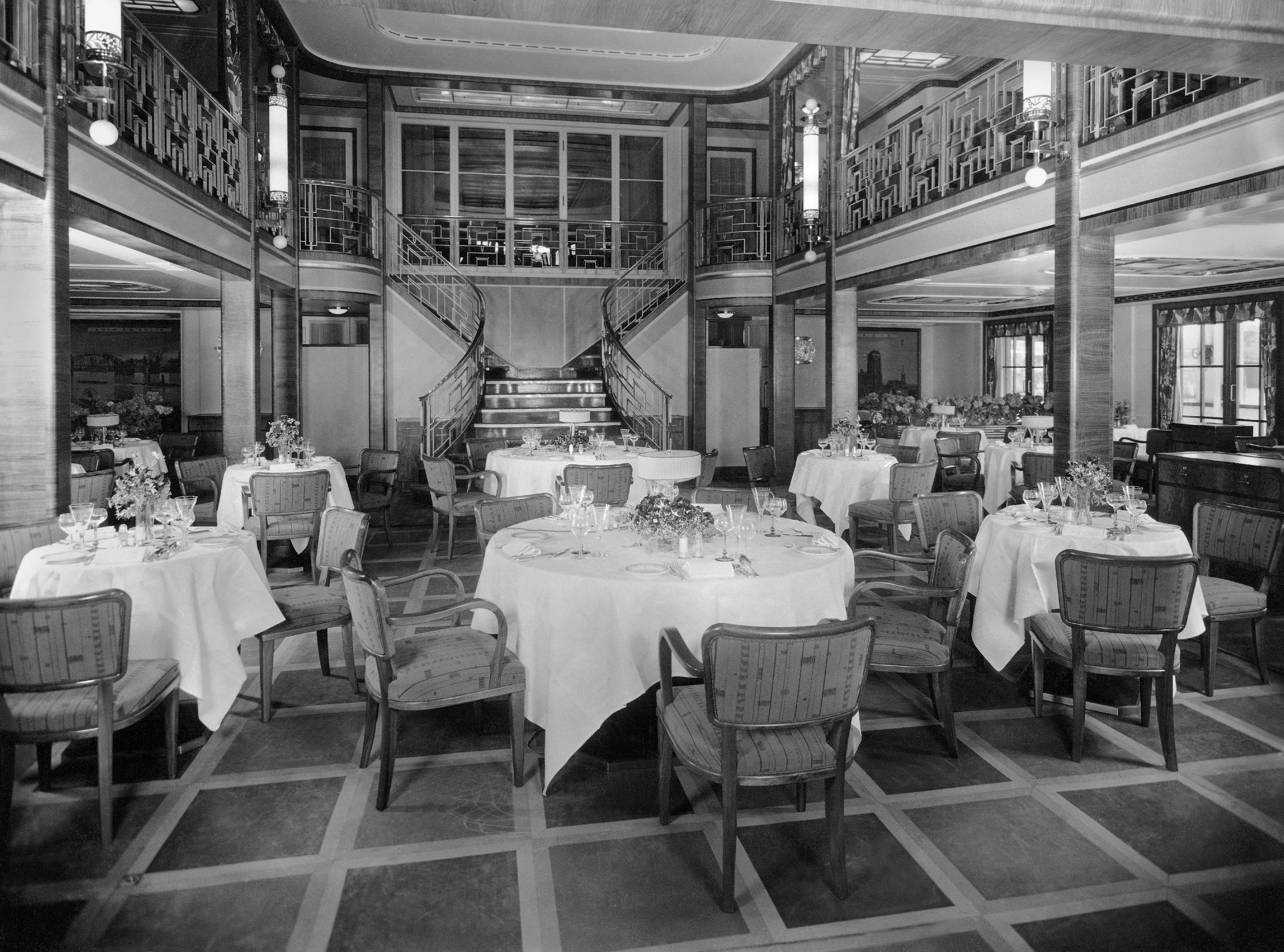
Anette Hellmuth is pleased with the increased level of interest and is happy to deal with regular enquiries about important historical pieces of furniture produced by Deutsche Werkstätten, and ongoing collaboration with the Museum of Decorative Arts. As for documenting the history of Dresden-Hellerau, Anette points out that while featured in a whole manner of volumes, significant gaps remain.
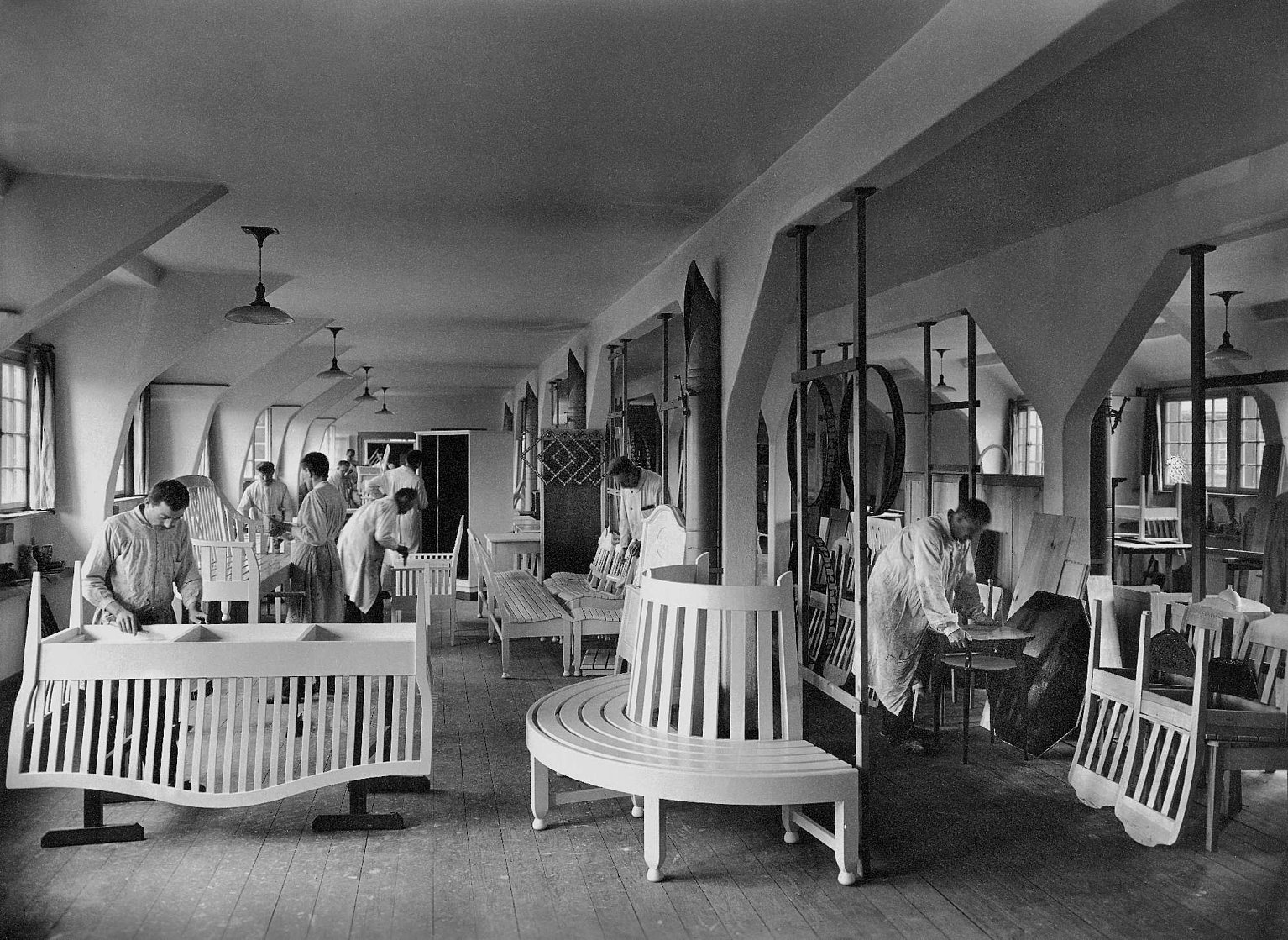
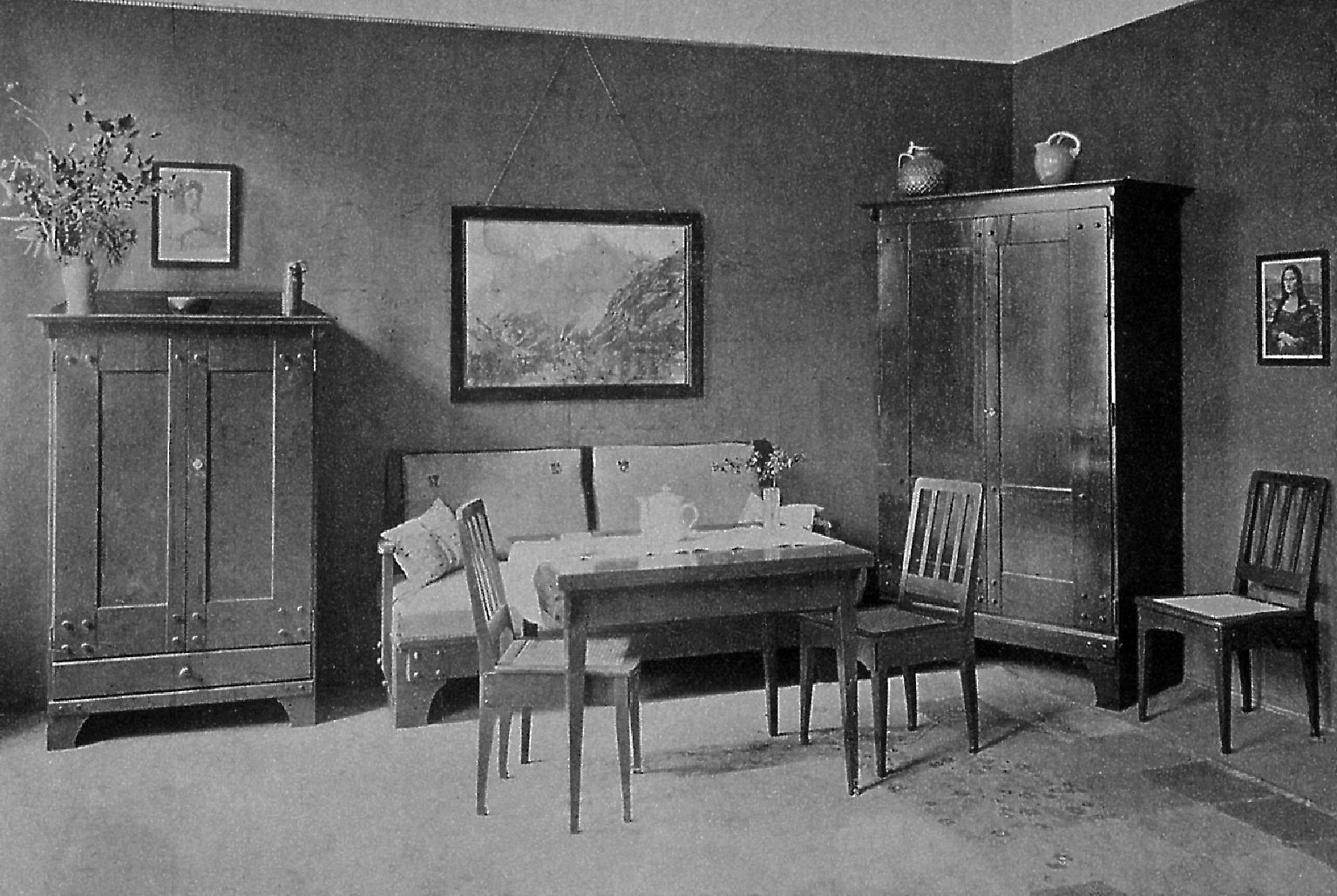
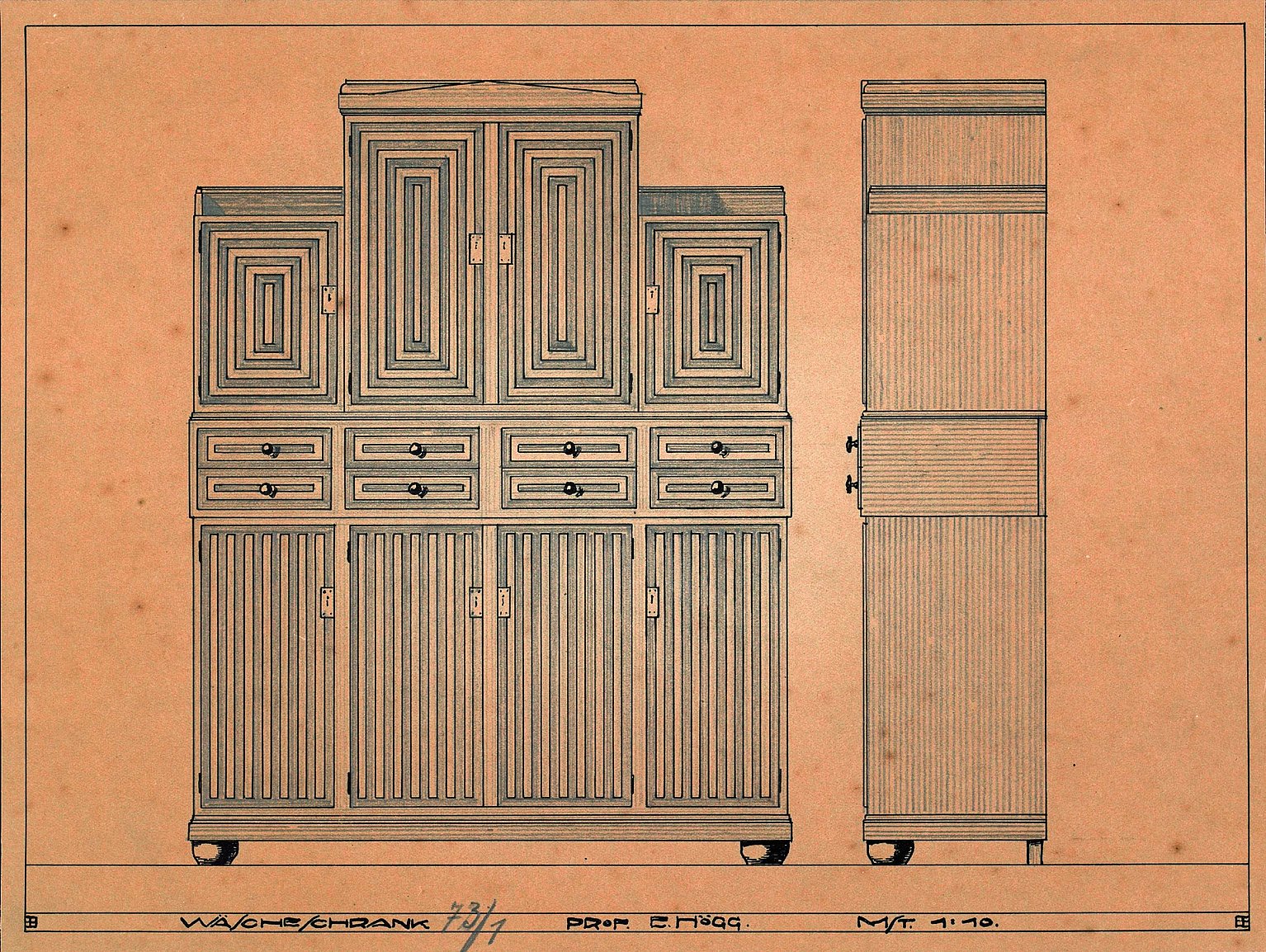
For example, somebody has yet to write a good biography on the company’s founding father Karl Schmidt und perhaps most importantly for Anette Hellmuth, work should be done on completing a comprehensive catalogue of the work of Deutsche Werkstätten since 1898, a huge task given the extensive portfolio from luxury ocean liners, furnishings and fittings, through to exclusive pieces of furniture, textiles and even wooden toys.
Editorial note: This article was published in 2020.

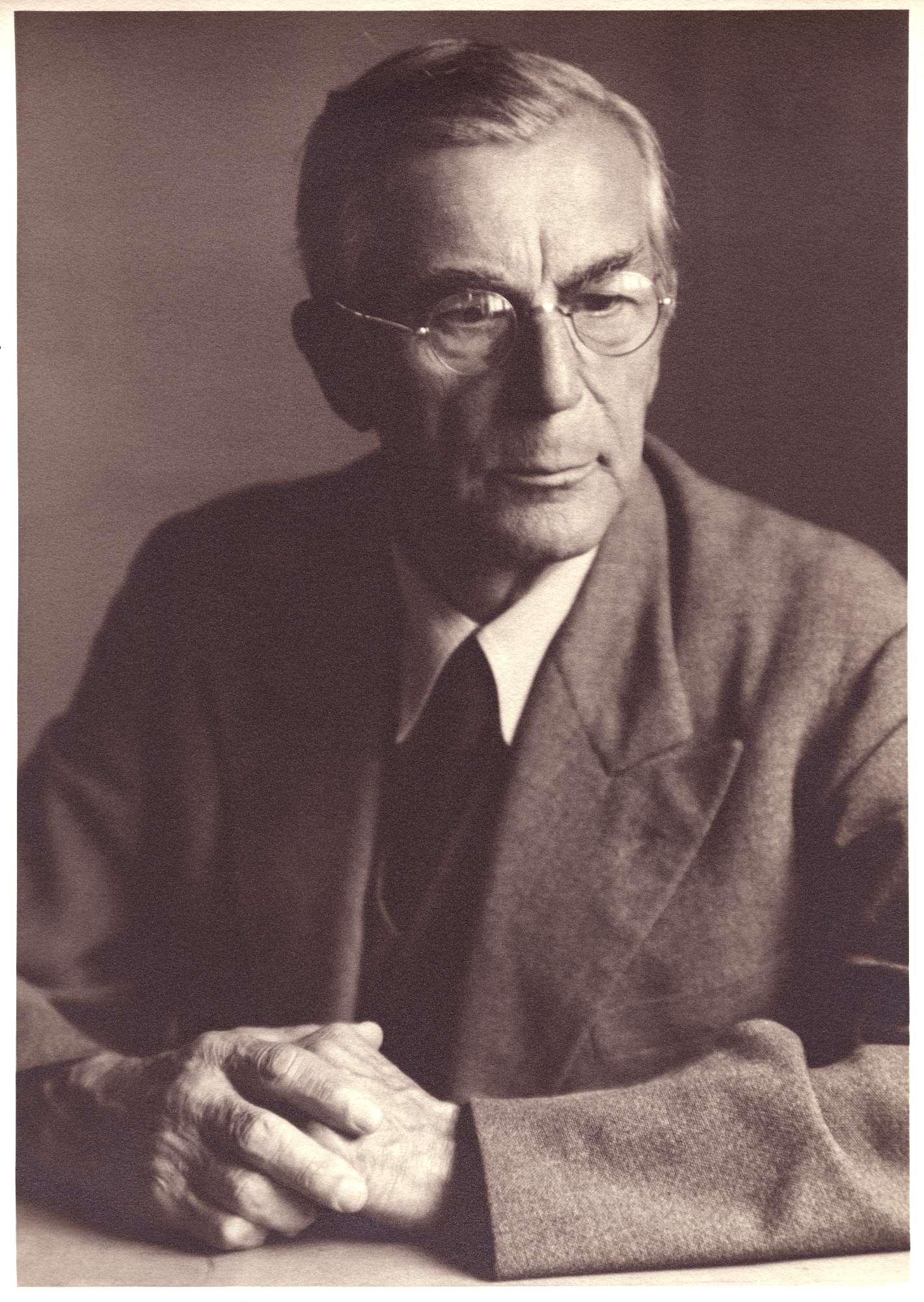
![[Translate to Englisch:] [Translate to Englisch:]](/fileadmin/_processed_/4/4/csm_180627_dwh_fertigung-6683_d59832d9a8.jpg)